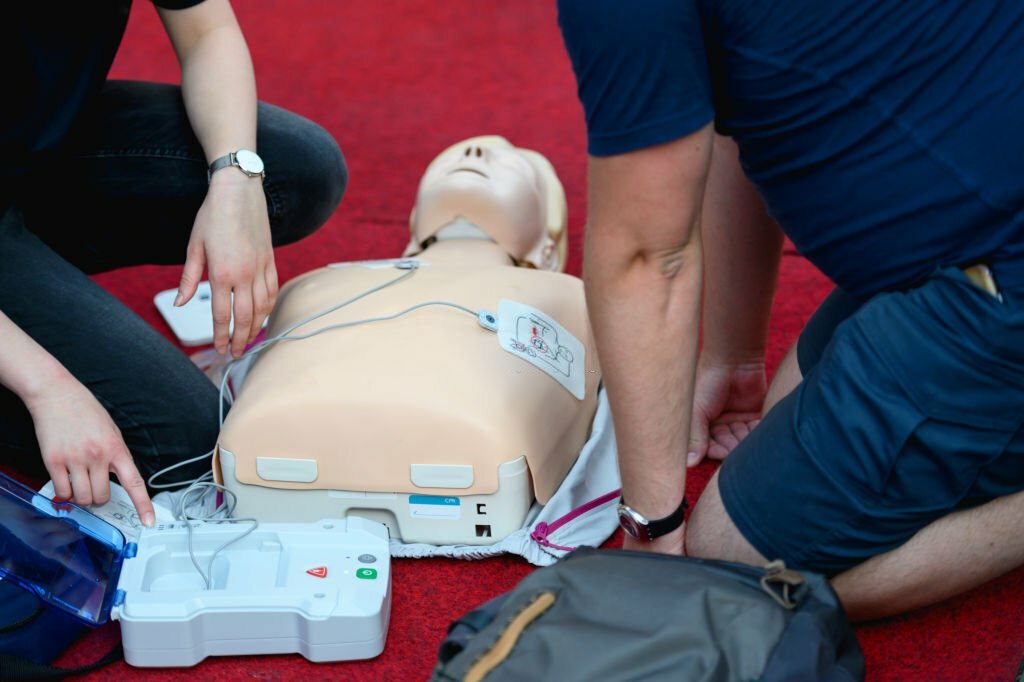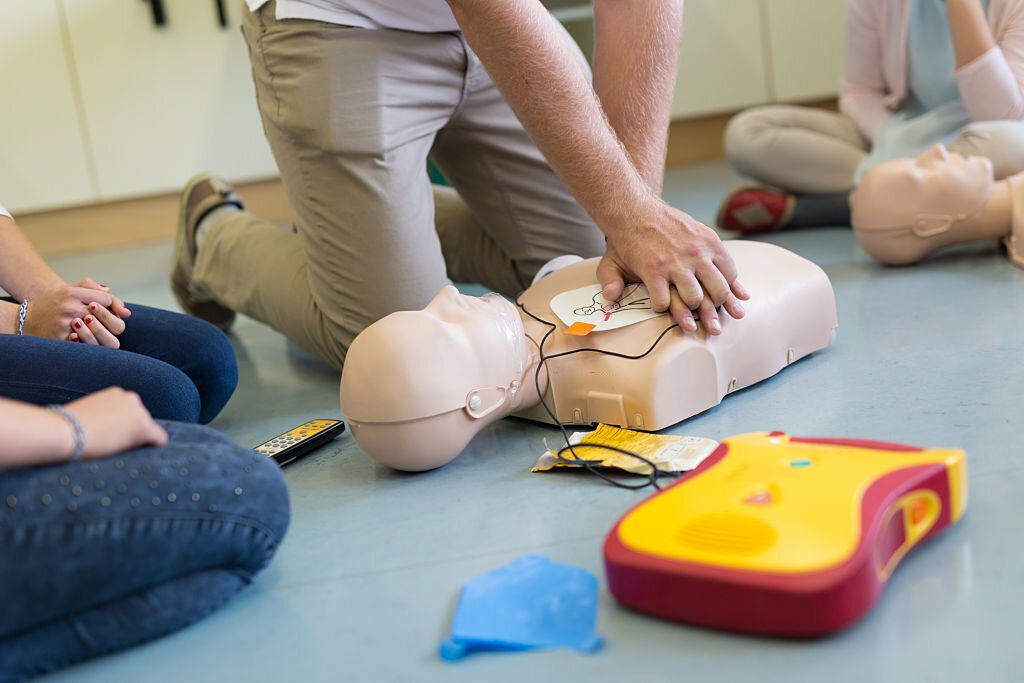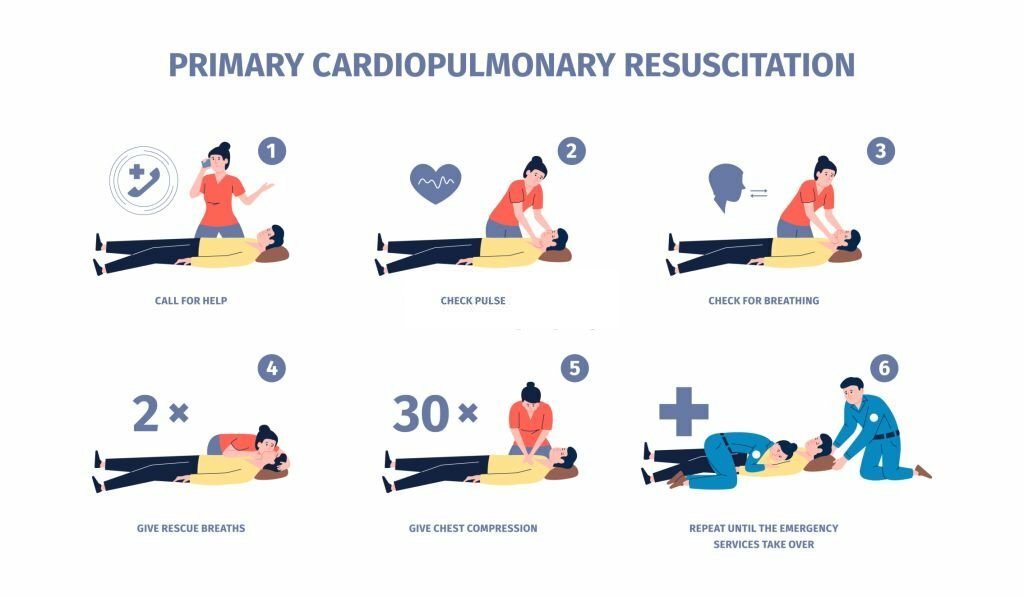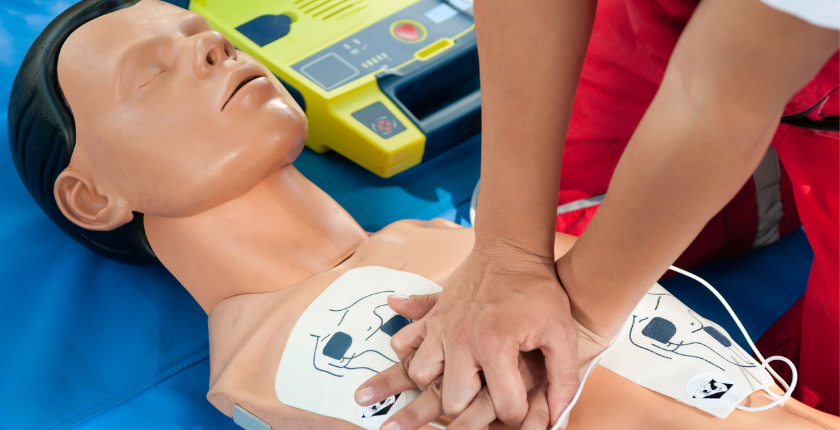Table of Contents
Discover the vital role of a Chest Compression Feedback Device Monitor. Get insights from experts and answers to FAQs. Read on to understand this life-saving technology.
In the world of lifesaving medical technology, the chest compression feedback device plays a critical role. But what does a chest compression feedback device monitor, and how does it function? This article explores this life-saving technology, shedding light on its importance, functionality, and more.
What Does a Chest Compression Feedback Device Monitor?
A chest compression feedback device is a sophisticated tool designed to monitor and provide real-time feedback on the quality of chest compressions during cardiopulmonary resuscitation (CPR). It plays a pivotal role in ensuring that CPR is performed effectively and increases the chances of survival for individuals experiencing cardiac arrest.

Related Post to read about Two-Syllable Words for Kids
Monitoring Compression Depth
One of the key aspects that a chest compression feedback device monitors is compression depth. It measures how deep chest compressions are being performed, ensuring that they reach the recommended depth. Proper compression depth is crucial for effective CPR as it helps in pumping blood and oxygen to vital organs, such as the brain and heart.
Compression Rate
Another critical parameter the device monitors is the compression rate. Chest compressions need to be delivered at an optimal rate to be effective. The device ensures that compressions are being administered at the recommended pace, typically between 100 to 120 compressions per minute.

Recoil
Effective chest compressions not only involve pushing down but also allowing the chest to recoil fully. The feedback device monitors this aspect, ensuring that there is adequate chest recoil between compressions. Proper chest recoil helps the heart refill with blood, making compressions more effective.
Hand Position
The device also tracks the hand position during chest compressions. Correct hand placement is essential for accurate and effective compressions. It helps avoid injury to the patient and ensures that compressions are delivered to the right spot on the chest.

Compression Fraction
CPR should ideally involve minimal interruptions in chest compressions. The device monitors compression fraction, which is the percentage of time spent on effective compressions during the entire CPR cycle. A higher compression fraction indicates better CPR quality.
Ventilation
Some advanced chest compression feedback devices also monitor ventilation. They can provide feedback on the timing and effectiveness of rescue breaths in cases where ventilation is required along with chest compressions.
Final Thought
In the realm of life-saving technology of Health Care, chest compression feedback devices stand as a testament to human ingenuity. They monitor and ensure the quality of chest compressions during CPR, enhancing the chances of survival for individuals experiencing cardiac arrest. These devices, with their real-time feedback, are invaluable tools for healthcare professionals and anyone trained in CPR. By consistently monitoring and optimizing the critical parameters of chest compressions, chest compression feedback devices save lives.
FAQs
What is the purpose of a chest compression feedback device?
A chest compression feedback device’s primary purpose is to ensure the quality of chest compressions during CPR. It monitors parameters like compression depth, rate, recoil, hand position, and compression fraction to enhance the chances of survival in cardiac arrest cases.
Are chest compression feedback devices only for professionals?
No, chest compression feedback devices are not exclusive to healthcare professionals. They are designed to be user-friendly and can be used by anyone trained in CPR. Their real-time feedback helps both professionals and laypersons perform effective chest compressions.
Can these devices be used on children and infants?
Yes, there are chest compression feedback devices designed for use on children and infants. They come with settings and features specific to the age and size of the patient, ensuring that compressions are administered correctly.
Do chest compression feedback devices improve survival rates?
Yes, the use of chest compression feedback devices has been shown to improve survival rates in cardiac arrest cases. By ensuring the quality of CPR, these devices increase the chances of a positive outcome.
Are chest compression feedback devices widely available?
Yes, chest compression feedback devices are increasingly becoming a standard part of emergency medical equipment and are available in hospitals, ambulances, and public places where CPR may be required.

